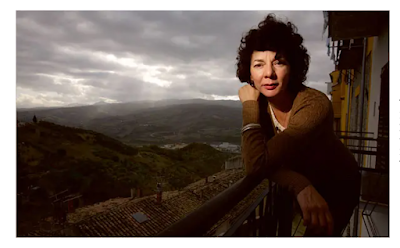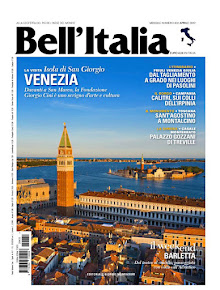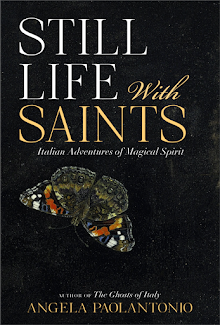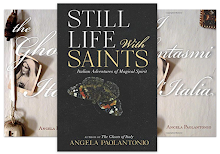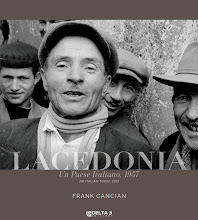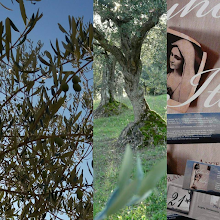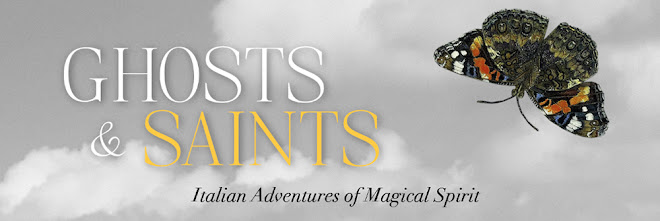The Journey Home Making a New Life in the Old Country'You might say it is odd, to go off by yourself on the most family-oriented holiday of the year, and Angela Paolantonio, a Los Angeles photographers’ representative with a shock of black curls and a tendency to worry about other people’s feelings first and her own later, would agree.'
So begins the story, you might say a perfect nut graf, by a veteran journalist in the New York Times sixteen years ago -- published on Thursday, November 22, 2007. Thanksgiving Day. November 22, 2007 was the 44th anniversary of JFK's assassination. Though I must admit I hadn't realized it at the time.
This year, November 22 marks the 60th anniversary of that fateful day and we Americans, and the world still commemorate it as a national day of rememberance and mystery.
Even Franco, zio Franco, fondly remembered by the reporter and featured in the same Thanksgiving Day article, understood the power of collective memory as he posed the not so unique question it seemed to me some years earlier late one November, as we sat in his darkend living room the very first day we met and that I recount in the first chapters of THE GHOSTS OF ITALY -- Tutto accade a novembre?
'Then Franco leaned in with an unexpected question. "Do you think the Mafia assassinated Kennedy?"
It caught me by surprise, yet I recognized his concern. Of being lumped in with the doings of nefarious members of his, our Southern Italian heritage. I was only four at the time but I remember everything that black day. The sorrow of others. Watching the funeral. The sober glow of my Aunt Rose's black-and-white television set in her darkened living room in East New York. .... Venerated, romanticized, the Mafia. Someone always wanted to know if you were in. I never understood why. My family, my childhood, was far from this kind of occlusion. We were a product of President Kennedy's Camelot. My Italian-American aunts and uncles had served in two wars, were blue collar earners with American hopes and dreams. The Mafia? We children never thought of it, or were shielded from it. And then, a scant three months after the assassination, the Beatles arrived, and with the release of "Please Please Me" everything changed. But Franco was waiting.
I pulled out of my private reverie and shook my head no. "I don't think they" (we Italians) "had anything to do with it."
He turned to light another cigarette and that concluded our discussion.'
Sixty years after JFK's death (sixteen after zio Franco's) the Beatles are back in the charts and Italian news headlines read,
Allora, tutto ancora accade a novembre. Happy Thanksgiving.
